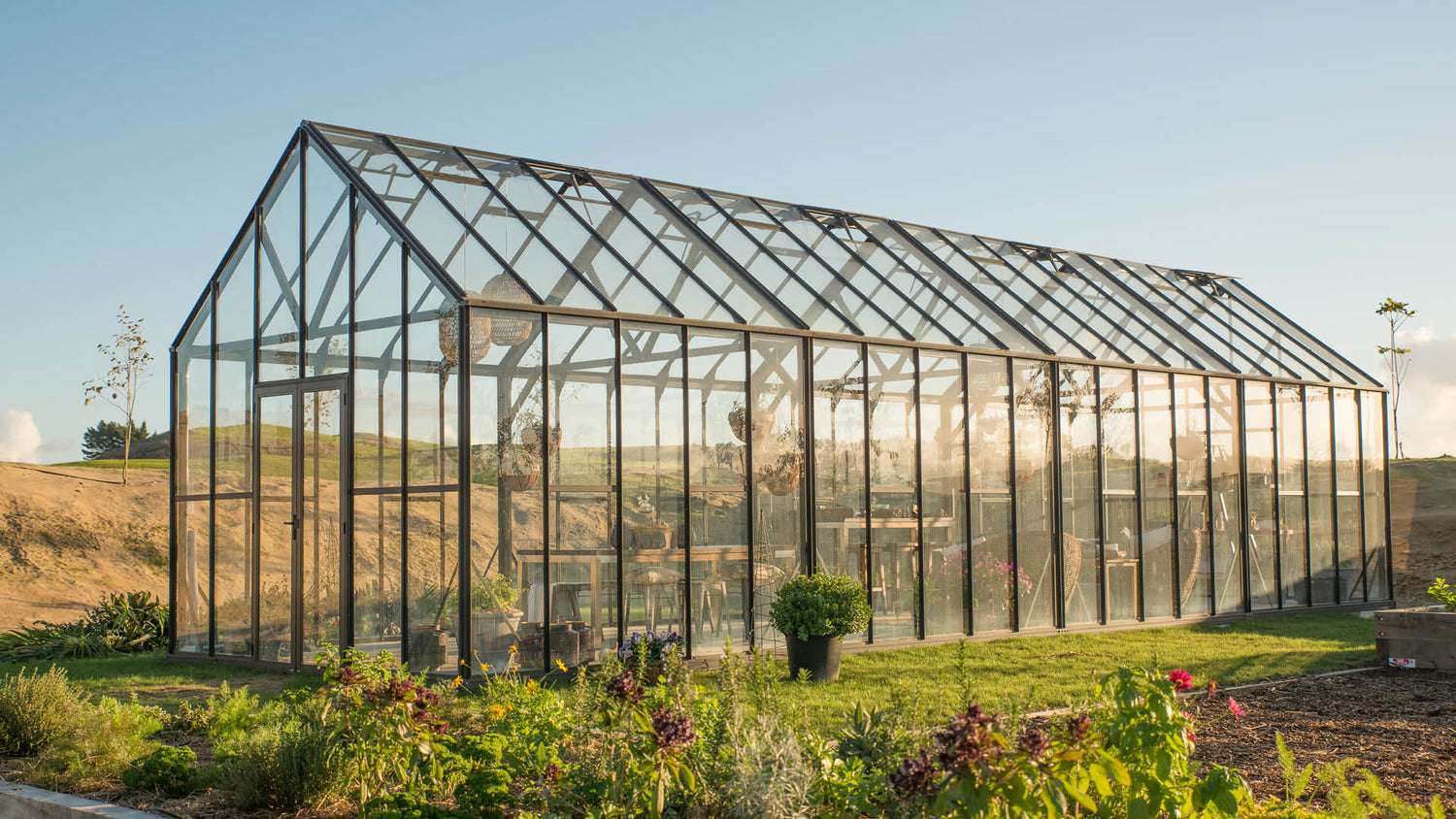Customized to Excellence: Monarch Custom Greenhouse Utah Workmanship
Wiki Article
The Future of Greenhouses: Advancements in Lasting Farming
Are you curious concerning the future of greenhouses and just how they are revolutionizing sustainable agriculture? From advanced climate control systems to upright farming techniques, water-efficient watering techniques, sustainable power combination, and wise data analytics, these developments are transforming the method we grow our food.Advanced Environment Control Solution
To achieve optimum growing conditions, you can rely upon the innovations in greenhouses with innovative climate control systems. These systems have actually changed the means we grow crops, giving a regulated environment that is helpful to plant growth. With these ingenious systems, you can currently control temperature, moisture, light levels, and even CO2 focus to produce the perfect problems for your plants to thrive.Among the vital features of these sophisticated climate control systems is their capability to manage temperature level. By utilizing sensors and automated controls, the greenhouse can change the temperature level based on the certain requirements of the plants. This ensures that they are never ever revealed to extreme warmth or cool, which can be destructive to their growth.
Moisture control is an additional important facet of these systems. By preserving the optimal humidity degrees, you can prevent problems such as mold, mold, and condition from influencing your crops. These systems can also regulate the amount of light that gets to the plants, guaranteeing that they obtain the optimum amount for photosynthesis.
Furthermore, advanced climate control systems can even control carbon dioxide focus. By enhancing the degrees of CO2 in the greenhouse, you can improve plant development and productivity. This is particularly valuable in areas with low natural carbon dioxide degrees.
Upright Farming Techniques
One essential vertical farming strategy is using piled expanding systems. Stacked growing systems are typically made use of in city locations where area is limited.One popular method is recognized as vertical hydroponics, where plants are grown in nutrient-rich water without soil. This strategy is highly reliable as it decreases water use by as much as 90% compared to standard farming approaches. Additionally, since the plants are expanded inside your home, they are safeguarded from illness and insects, reducing the demand for pesticides.
Another technique is aeroponics, which entails suspending the plant origins in a mist or air setting. This technique allows for optimum nutrient absorption and oxygenation, leading to faster growth and greater yields. Aeroponics additionally utilizes much less water than traditional farming and can be executed in vertical systems, making it a prominent option for vertical farming.
Water-efficient Watering Methods
Optimizing water preservation is necessary when it comes to applying water-efficient irrigation techniques in sustainable farming. With international water shortage coming to be a pressing problem, it is essential to create innovative strategies that maximize water usage in greenhouse operations.One encouraging technique is drip watering, which delivers water directly to the plant roots, decreasing waste and dissipation. By utilizing a network of tubes with little emitters, water is used slowly and precisely, making certain that plants receive the essential wetness without excess overflow.
An additional reliable technique is making use of soil dampness sensing units. These devices determine the dampness content in the soil and offer real-time information to farmers. By keeping track of the soil's wetness degrees, farmers can properly determine when and just how much water to apply, protecting against over-irrigation.
In addition, the application of rain harvesting systems is Monarch Custom Greenhouse Utah obtaining appeal in greenhouse agriculture. Accumulating rainwater from rooftops and saving it in tanks enables farmers to use this natural source for watering objectives, minimizing dependence on conventional water resources.
Last but not least, the fostering of automated watering systems can considerably boost water efficiency. These systems utilize sensing units to detect soil dampness degrees and climate condition, changing watering timetables appropriately. By optimizing water usage based on actual plant requirements, these systems can lower water waste and promote sustainable farming methods.
Renewable Power Integration
Eco-friendly energy assimilation in greenhouses uses several advantages, including lowered operating prices and decreased dependence on non-renewable energy resources. The created power can then be used to run various operations within the greenhouse, such as heating, ventilation, and lights systems. These generators harness wind power and transform it into electrical power, which can be made use of to supplement the energy demands of the greenhouse.Smart Data Analytics and Automation
To improve the effectiveness of your greenhouse procedures and optimize resource utilization, consider executing smart data analytics and automation. Smart data analytics involves gathering and examining information from different sensing units and devices within your greenhouse.
This can consist of automating the control of lighting, air flow, watering systems, and nutrient delivery. By automating these procedures, you can make sure that your plants get the best conditions and nutrients at the appropriate time, without the requirement for constant hand-operated intervention.
Furthermore, smart information analytics and automation can collaborate synergistically. The information collected by sensing units can be utilized to educate automatic systems, allowing them to make real-time changes based on the existing problems. This integration of information analytics and automation can result in a lot more exact and efficient source appropriation, eventually causing higher returns and much better plant high quality.
Verdict
In verdict, the future of greenhouses in lasting agriculture looks promising. With sophisticated environment control systems, upright farming strategies, water-efficient irrigation methods, and sustainable energy combination, greenhouses are coming to be extra environmentally friendly and effective.
By optimizing water use based on real plant needs, these systems can lower water waste and advertise lasting farming practices.

Report this wiki page